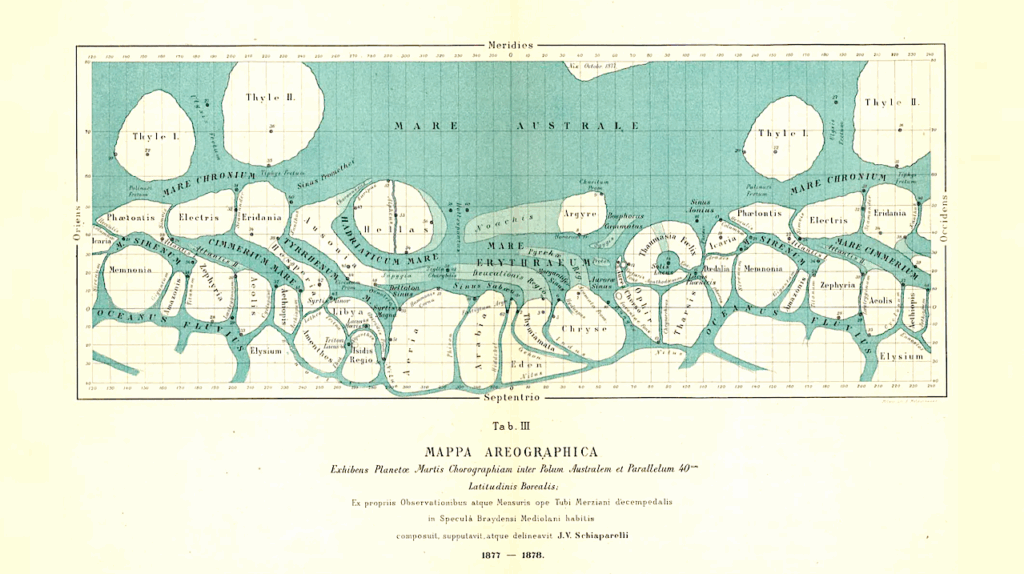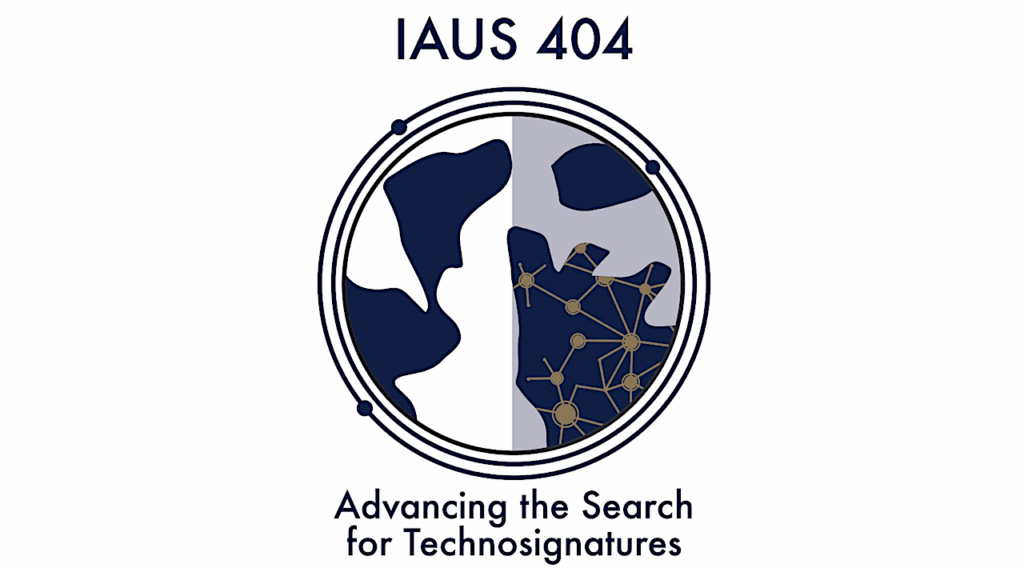Earth Through The Looking Glass: How Frequently Are We Detected By Other Civilisations Through Photometric Microlensing?

Microlensing is proving to be one of the best techniques to detect distant, low-mass planets around the most common stars in the Galaxy.
In principle, Earth’s microlensing signal could offer the chance for other technological civilisations to find the Earth across Galactic distances. We consider the photometric microlensing signal of Earth to other potential technological civilisations and dub the regions of our Galaxy from which Earth’s photometric microlensing signal is most readily observable as the “Earth Microlensing Zone” (EMZ).
The EMZ can be thought of as the microlensing analogue of the Earth Transit Zone (ETZ) from where observers see Earth transit the Sun. Just as for the ETZ, the EMZ could represent a game-theoretic Schelling point for targeted searches for extra-terrestrial intelligence (SETI).
To compute the EMZ, we use the Gaia DR2 catalogue with magnitude G<20 to generate Earth microlensing probability and detection rate maps to other observers. Whilst our Solar system is a multi-planet system, we show that Earth's photometric microlensing signature is almost always well approximated by a binary lens assumption. We then show that the Earth is in fact well-hidden to observers with technology comparable to our own.
Specifically, even if observers are located around every Gaia DR2 star with G<20, we expect photometric microlensing signatures from the Earth to be observable on average only tens per year by any of them. In addition, the EMZs overlap with the ETZ near the Galactic centre which could be the main areas for future SETI searches.
S. Suphapolthaworn, S. Awiphan, T. Chatchadanoraset, E. Kerins, D. Specht, N. Nakharutai, S. Komonjinda, A.C. Robin
Comments: 15 pages, 12 figures, 3 tables
Subjects: Earth and Planetary Astrophysics (astro-ph.EP); Astrophysics of Galaxies (astro-ph.GA); Instrumentation and Methods for Astrophysics (astro-ph.IM)
Cite as: arXiv:2206.09820 [astro-ph.EP] (or arXiv:2206.09820v1 [astro-ph.EP] for this version)
Submission history
From: Suphakorn Suphapolthaworn
[v1] Mon, 20 Jun 2022 14:54:11 UTC (18,906 KB)
https://arxiv.org/abs/2206.09820
Astrobiology, SETI,








